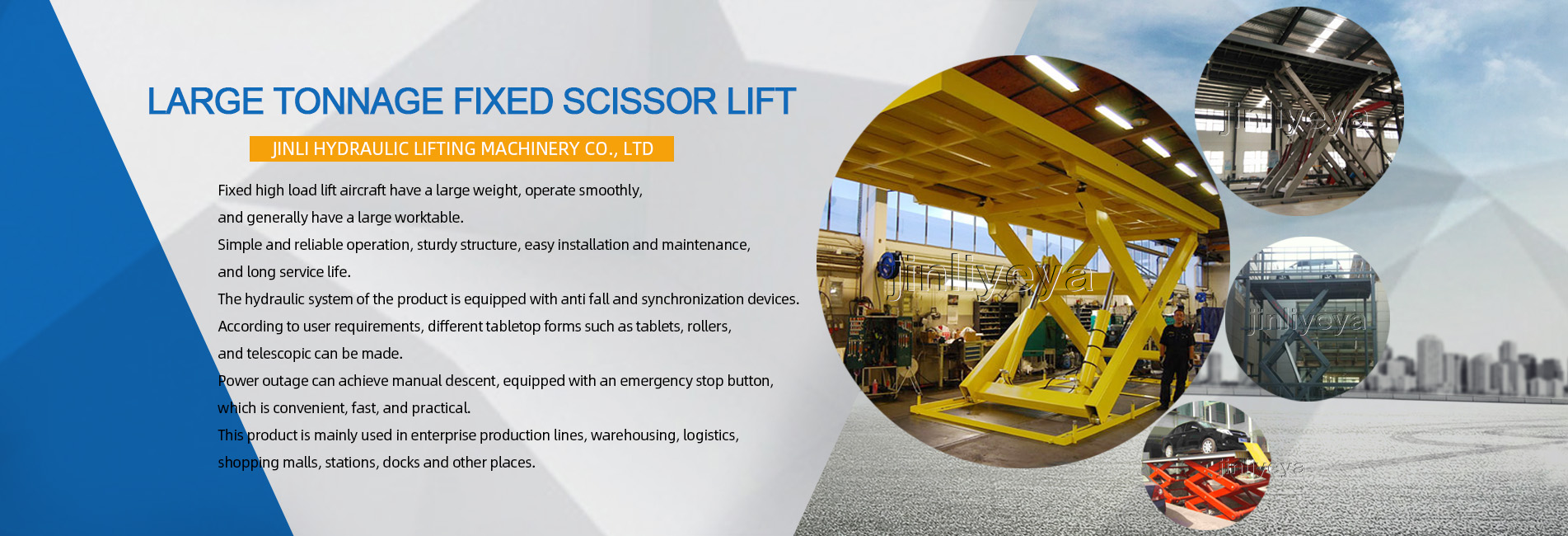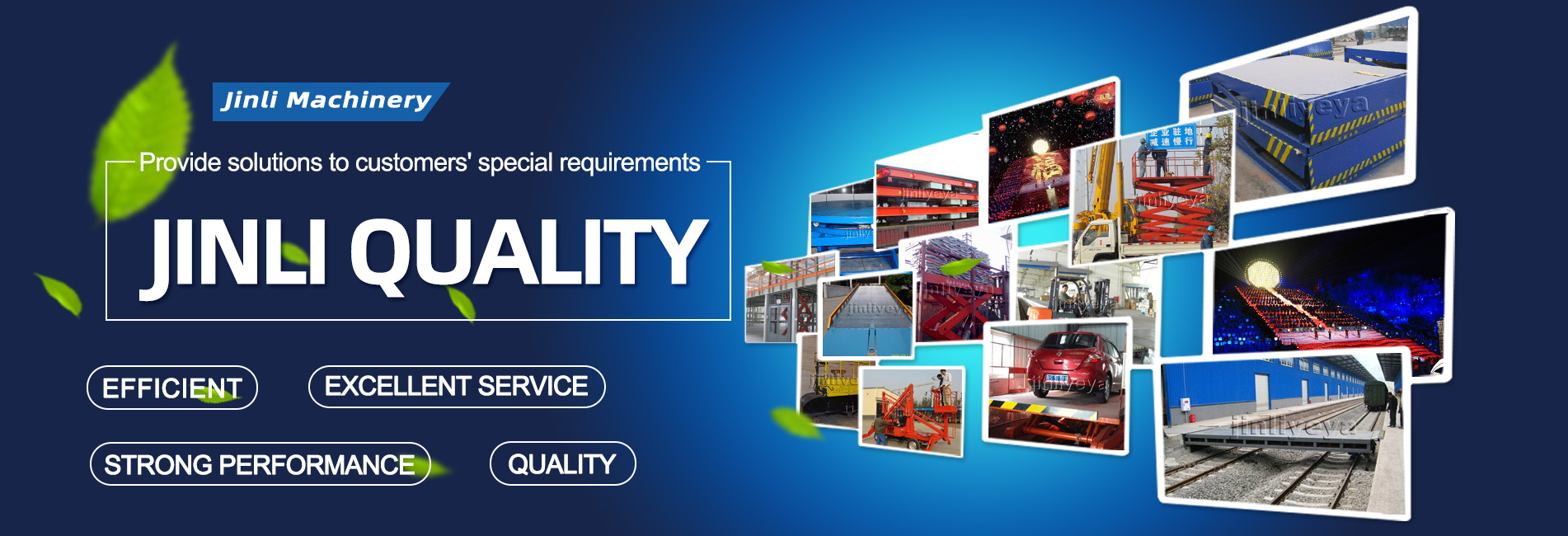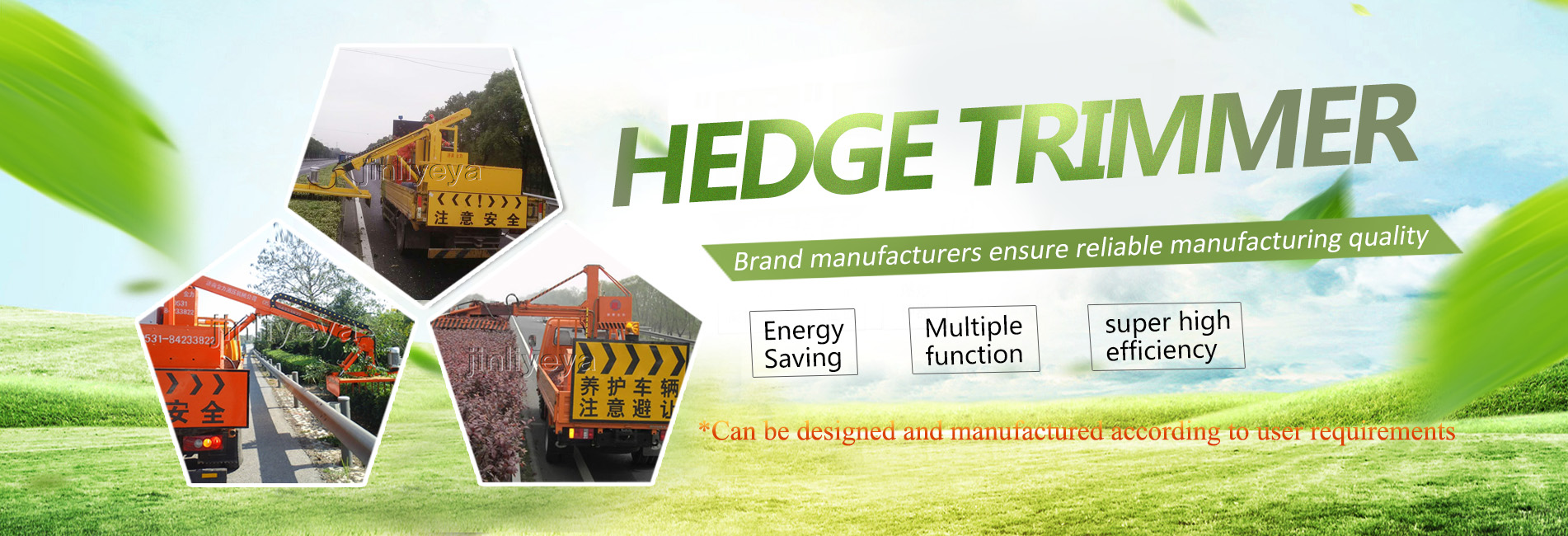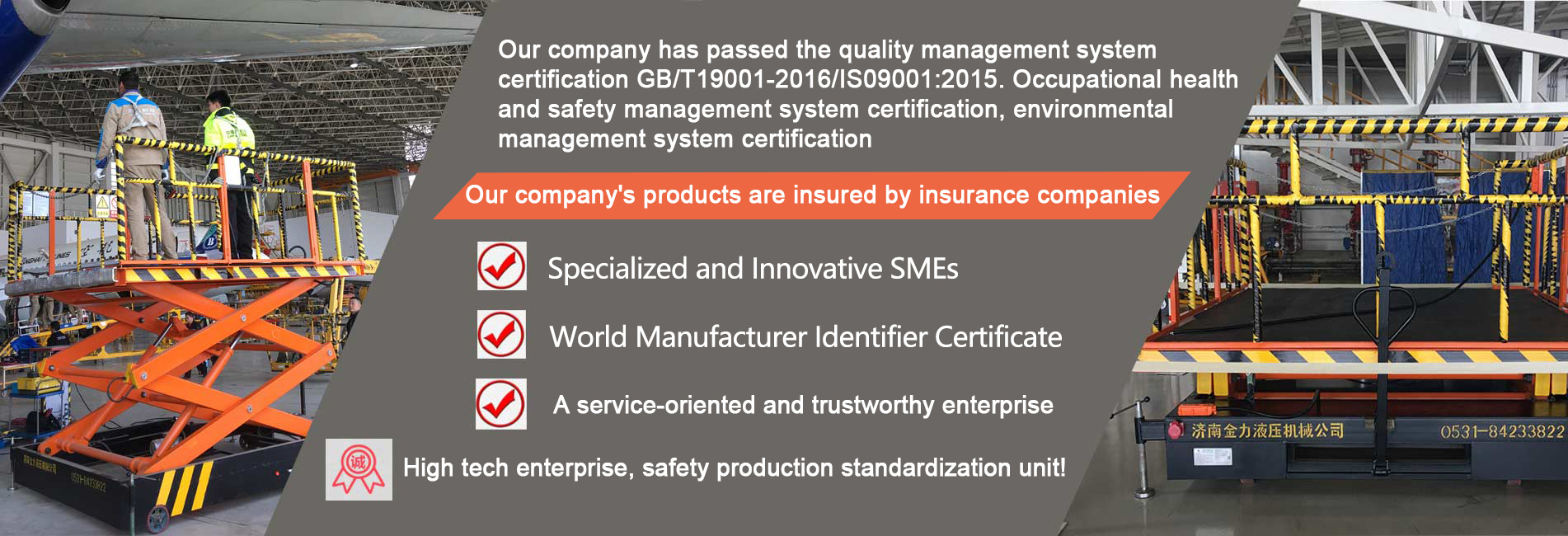Friends who are familiar with hydraulic lifting platforms should know that elevators are hydraulic equipment (sh è b è i) composed of multiple systems for vertical lifting. Among the various systems of elevators, the hydraulic transmission system is an essential and important component, which is used in the combination of mechanical and hydraulic components in the power system, control system, hydraulic system, and mechanical structure of elevators. For elevators, the advantages of using hydraulic transmission mainly include the following aspects: under the same volume, hydraulic devices can generate greater dynamic force than electrical devices. At the same power, hydraulic devices have small volume and mass, meaning they have high power density and compact structure.
Hydraulic devices are easy to implement overload protection.
Hydraulic devices can achieve stepless speed regulation over a wide range and can also adjust speed during operation.
Hydraulic transmission is easy to adjust or control liquid pressure, flow rate, or flow direction. Especially in highly automated scenarios, the entire transmission system can achieve complex sequential actions and also facilitate remote control and automation.
The hydraulic device works relatively smoothly. Due to its low mass and inertia, as well as fast response, hydraulic devices are easy to achieve rapid starting, braking, and frequent directional changes.
Hydraulic components have been standardized, serialized, and universal, making the design, manufacturing, and use of hydraulic systems relatively convenient.
Using hydraulic transmission to achieve linear motion is much simpler than mechanical transmission.
Hydraulic lifting platform control system: When in use, the return valve knob must be tightened clockwise, the manual directional valve handle must be pulled to the "neutral" position, the motor should be started to make the system work, and then the directional handle should be pulled to the "lifting" position. The hydraulic lifting platform is lifted and when it reaches the desired height, the directional handle should be pushed to the "neutral" position. The hydraulic lifting platform stops rising and the motor should be turned off to start the operation. When descending, release the return valve, and the hydraulic lifting platform can descend by relying on its own weight.
Type I hydraulic control system: It is an additional set of backup manual pumps on the basis of Type I, which can be used in the absence of power supply. When using a manual pump, first tighten the return valve knob clockwise, pull the handle of the lifting platform to the "neutral" position, and press the handle to lift the hydraulic lifting platform. When descending, release the return valve knob and the hydraulic lifting platform descends by its own weight. At that time, when using electric motors or diesel engines as power, the operation and control method was the same as Type I.
Electromagnetic directional valve hydraulic control system: First, press the motor switch. When the oil pump is in the unloading state during the oil pumping cycle, press the start switch to activate the electromagnetic directional valve 1DT and lift the hydraulic lifting platform. When reaching the desired working height, turn off the lifting switch to start the operation. Press the descent switch, the electromagnetic directional valve 2DT works, and the hydraulic lifting platform descends to its original position by its own weight.
In previous articles, we have explained the hydraulic transmission system of elevators, and this article focuses on the control system of hydraulic lifting platforms.
The transmission and control systems of hydraulic lifting platforms vary depending on the control and transmission methods of different types of elevators, including manual control and electric control. Electric control also includes relay control systems, modular electrical control systems, and PLC control. However, the principle of hydraulic transmission is consistent.
{12}







